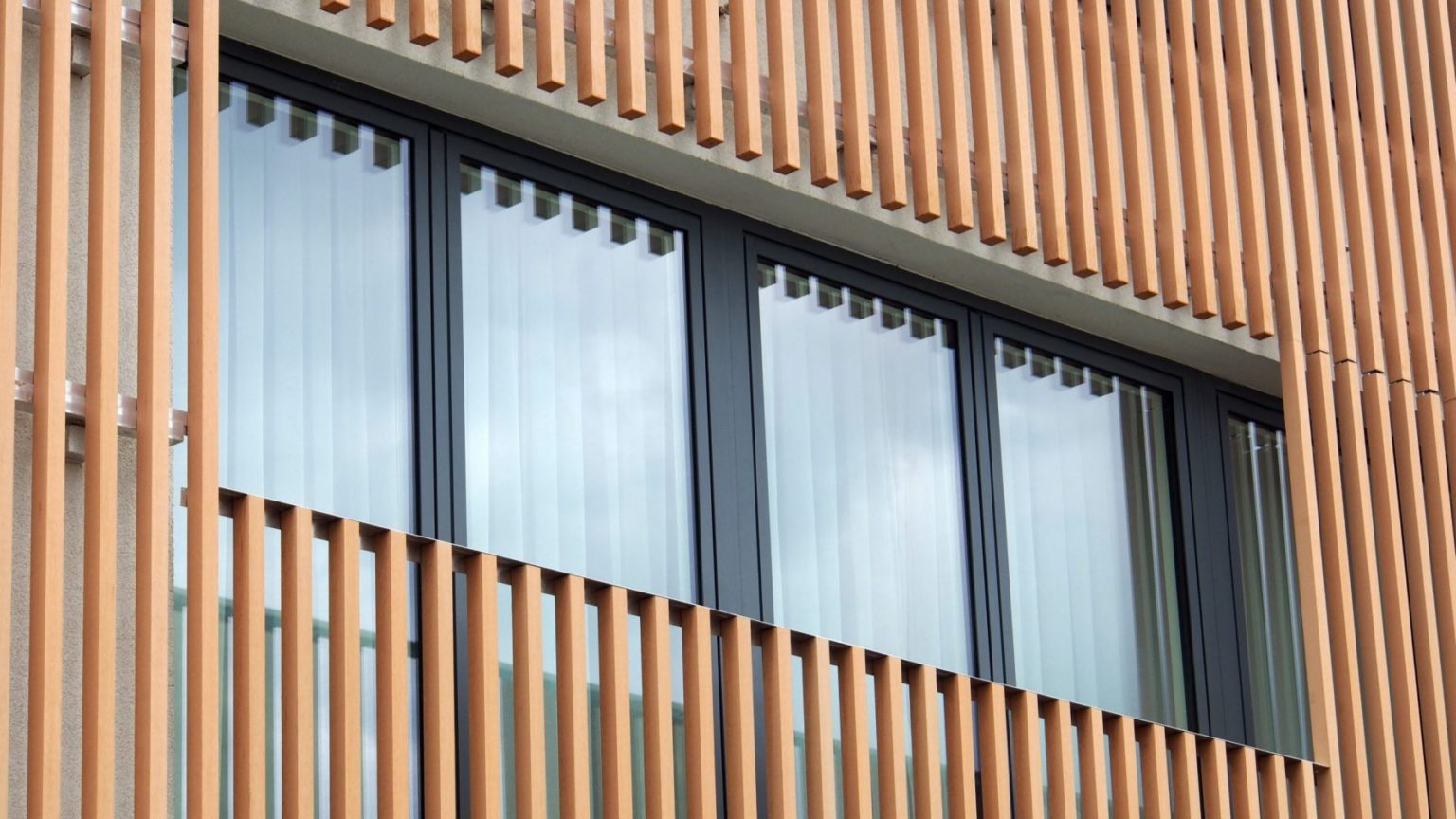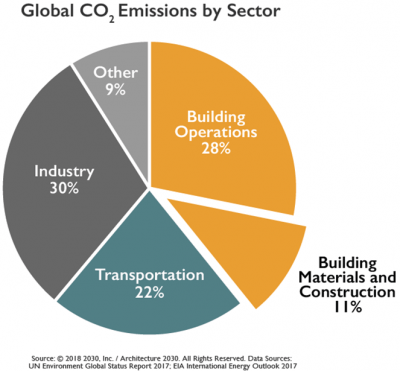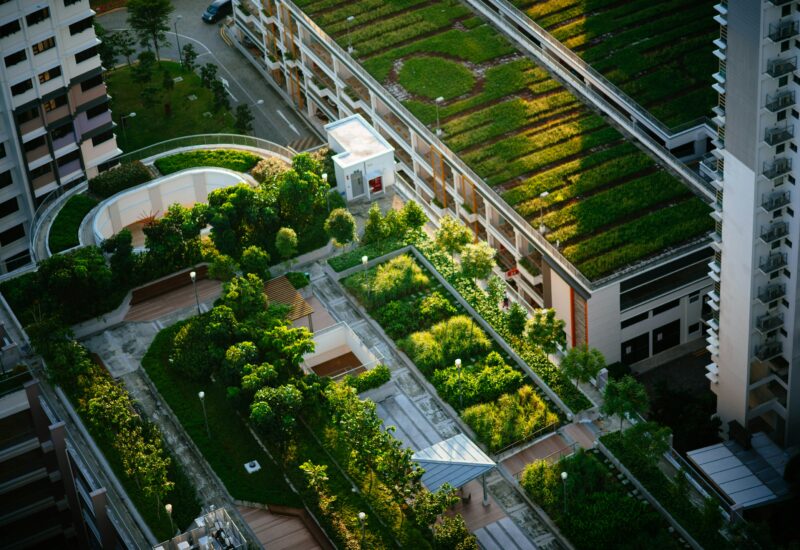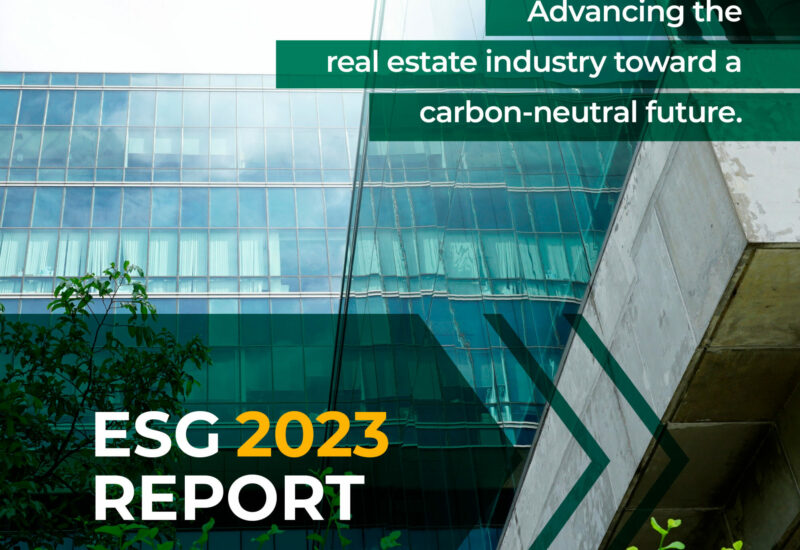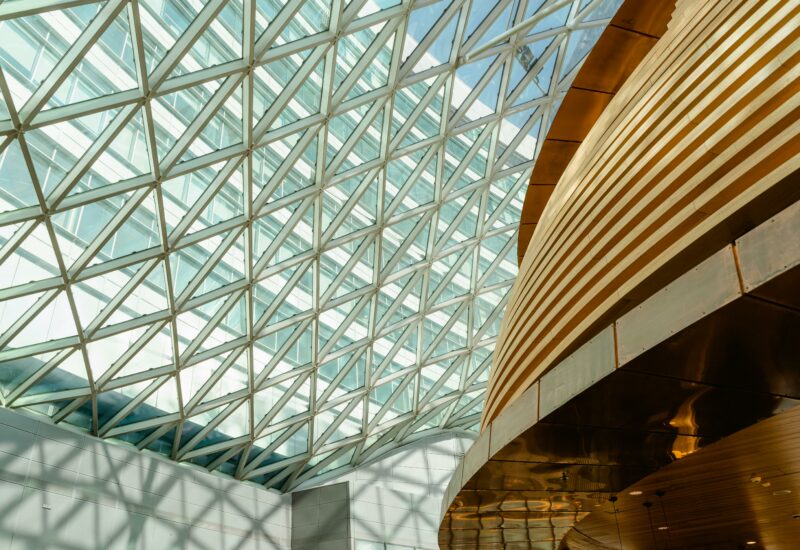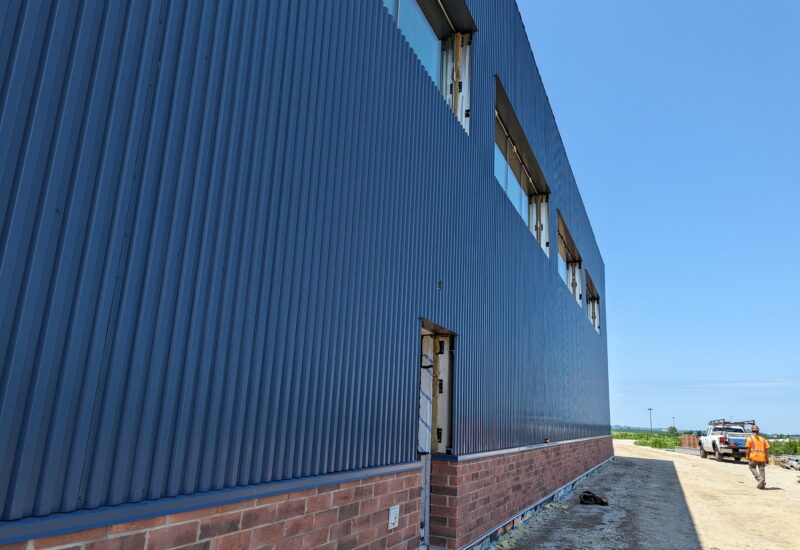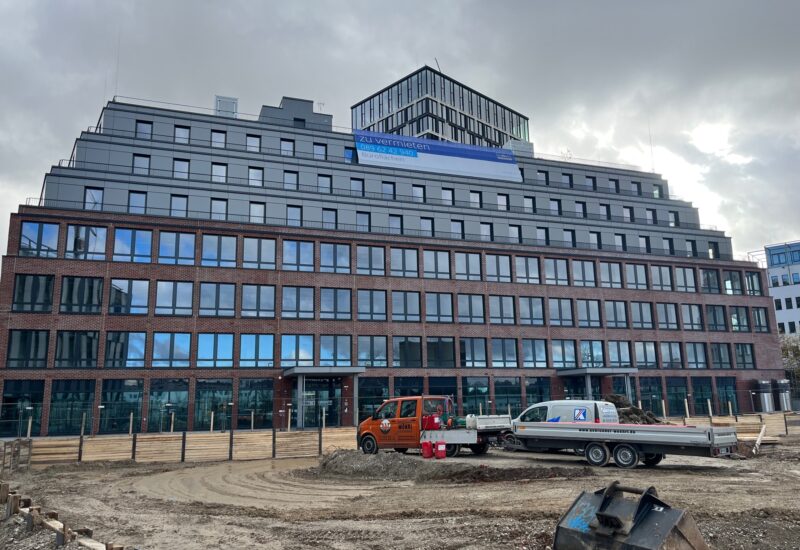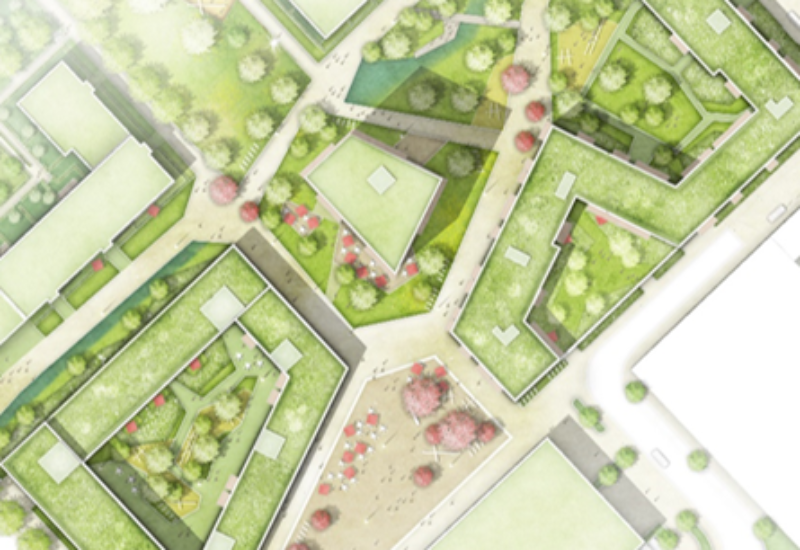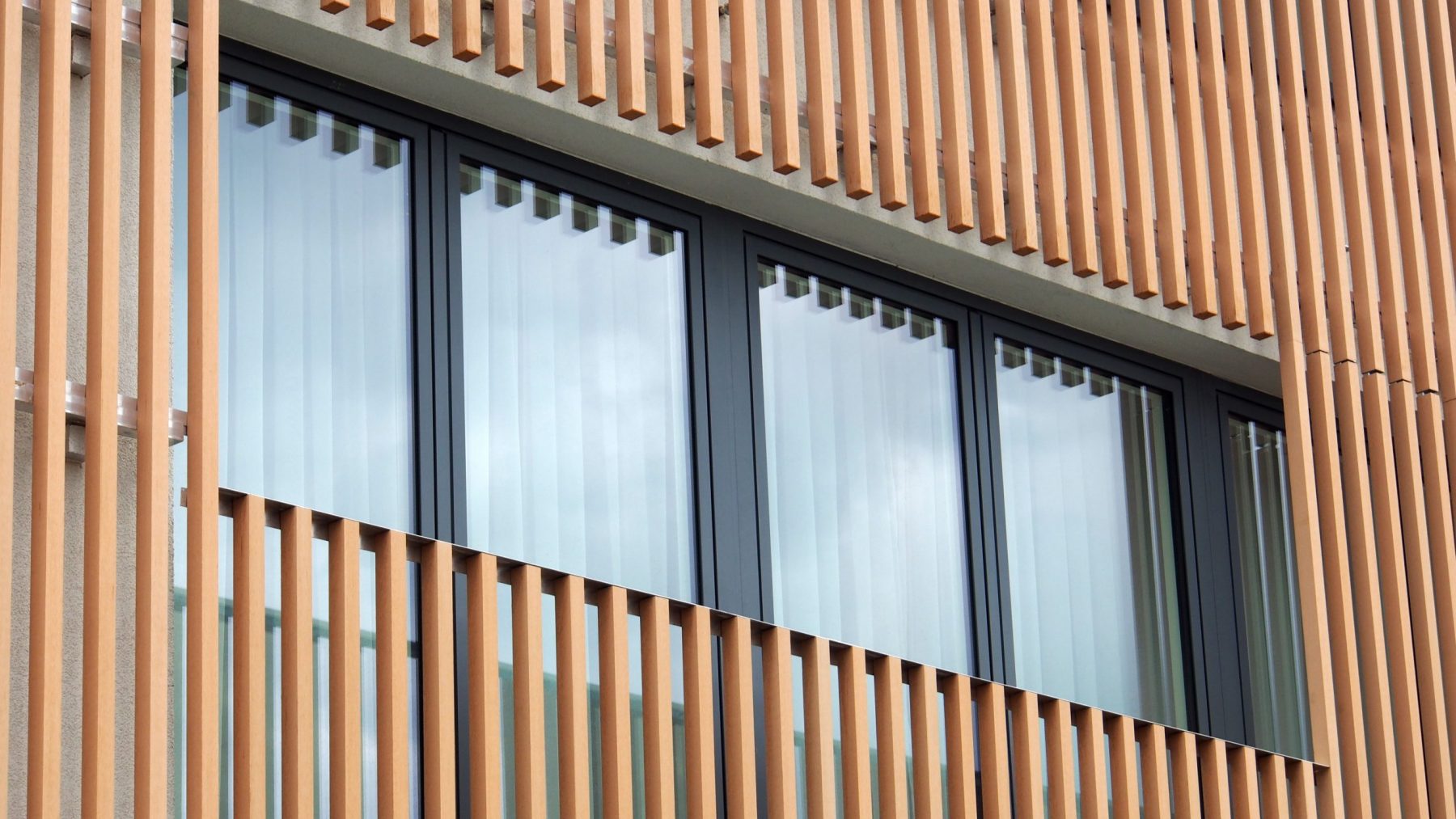Have you recently read an article or seen any videos about sustainable buildings? If yes, you probably heard the term “wood” mentioned at least once. Why is that? Where is this interest coming from? Why don’t we just keep on building as we do? Everyone knows wood burns, right? What about deforestation? There are so many questions that are coming up when it comes to wood buildings. This blog series will give you an overview of wood buildings, their advantages, potential problems, and current techniques, and answer some of these burning questions.

Let’s Start with An Easy Question: Why Are We Even Talking About Wood Buildings?
As you all know, the planet is currently subject to climate change resulting from human-made emissions. The goal is to drastically reduce emissions in the coming decades. What do buildings have to do with that? Approximately 39% of emissions are directly linked to buildings. Yes, that is a lot! 28% comes from building operations, which means HVAC energy and electricity for building usage. And 11% comes from building materials and construction. While the impact of building operations is addressed by most countries through policies and financial incentives for “energy-efficient”, “net zero”, “passive” or “positive-energy” buildings, the impact of building materials and construction, also known as “embodied carbon” has mostly been left aside or completely ignored. However, while carbon emissions from building operations decrease, the impact of materials and construction becomes more visible. Integrating embodied carbon as a key metric of a building design instead of ignoring it is therefore essential for building sustainably in the long run.
What is Embodied Carbon?
Embodied carbon is the carbon footprint of building materials. It contains the whole carbon impact of the component from the raw material extraction to the end-of-life disposal or recycling. Most materials are made out of different raw materials and go through very complex and energy-consuming processes until they are ready for the construction site. For most materials, the biggest impact comes from the production process.
Ok, But Where Does Wood Come In?
Currently, most new buildings in Europe are built with concrete. Concrete is mainly made out of cement, a component currently responsible for about 8% of the world’s carbon emissions. ). This means that if cement production was a country, it would be the third-largest emitter behind China and the US.

Again, that is a lot! But with the world population growing very fast, we cannot just decide to stop building tomorrow. So here we are, thinking about what alternatives there are. What about steel? The energy used for steel production is responsible for about 8% of the world’s energy demand, which in most countries it is mainly coming from burning coal. That doesn’t sound like a good alternative. That is where wood comes in. Wood comes from trees that use photosynthesis to grow and gain more mass. Trees store carbon to grow, which means that raw material wood has a negative carbon footprint, to begin with. Actually, 1m³ of wood stores approx. 1T of CO2. In the natural process, a tree releases the stored carbon at its end of life through burning or decaying. However, if we use it in buildings and other applications, the carbon-releasing process is delayed. The carbon is stored for a longer time. And even when it has reached its end-of-use, it can be burned to produce energy while only releasing the CO2 that is stored for so long. And while wood products are used, more trees are being planted in sustainable forests. So the more we use sustainably sourced wood products, the more carbon can be stored in total.
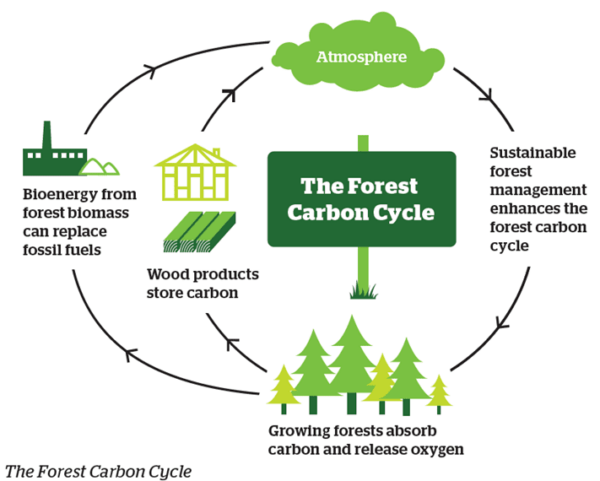
This means that when compared with other current alternatives, wood is the material with the best lifecycle carbon footprint. I can hear you ask “But if the wood is so great there surely must be a reason why we haven’t used it much before, right? Should we use wood only because it has a good carbon footprint?
There are still a lot of questions left unanswered. But first, it was important to understand the rising interest in wood buildings. We have seen that buildings are actively linked to carbon emissions and that materials have a substantial role to play in the reduction of carbon in the built environment. Still today, the concrete and steel production industries are very reliant on fossil fuels. Wood, on the other hand, works in a closed carbon loop. Though wood buildings are far more common in the US than in Europe, this blog series is still of value to owners, developers, and architects in the US as it highlights the many benefits of wood buildings and how they outweigh the costs that come with them. That wraps up part one of this blog series! Stay tuned for the next blog post where we will discuss natural resources and waste and how wood performs.
Blog Question: How much of the total waste in Germany in 2018 came from construction and demolition?
- ~26%
- ~ 38%
- ~ 55%
